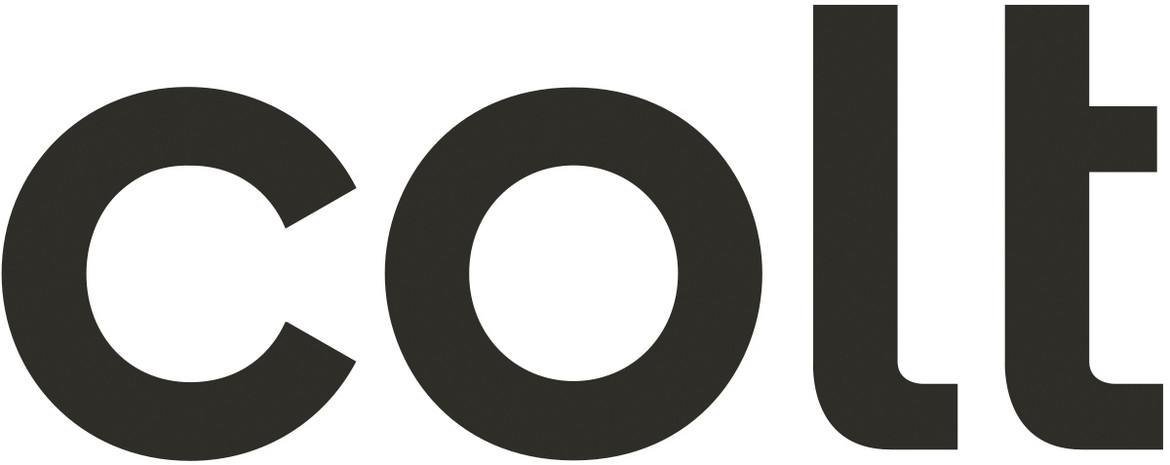Cloud Access: Resist Naive Assumptions
Süleyman Karaman, Managing Director of COLT Technology Services, on secure cloud access, dedicated leased lines, and a small village in Bavaria.

© grapestock | istockphoto.com
DOTMAGAZINE: Mr. Karaman, you recently published a picture of green trees and snowy mountains on your Twitter channel. Are you fed up with computers and networks and would prefer to return to an analog world?
SÜLEYMAN KARAMAN: On the contrary. The picture illustrated an article that appeared in the German business newspaper Handelsblatt. This was about a small village in Bavaria, where they did something that is all too rare in Germany. In collaboration with a German start-up, the village has introduced an intelligent shuttle bus service. These small buses now complement the local public transportation system. You call those buses using a cell phone app and then you can share rides with other users. The shuttles don't need a timetable or fixed routes. The technology calculates the best routes and optimal use of the fleet. I find this fascinating, and this is just one of many examples of how the digital transformation is changing our lives.
DOT: This is also reflected in the constant rise of business cloud use. Is it a security risk when more and more data migrates to the cloud?
KARAMAN: One should not underestimate the danger of cyber attacks. However, you should also ask yourself whether your own IT department can really protect important data better than a specialized cloud provider. The access methods used are another important aspect. Cloud access via the public Internet entails many risks. Access via a dedicated line is more secure …
DOT: … but also more expensive.
KARAMAN: Only from a bean counter perspective. When the public hears about hackers successfully managing to steal sensitive data transmitted via the public Internet, the image damage is huge. Think about the business consequences of such an attack. In addition, modern technologies such as Software Defined Networking (SDN) and On Demand make the use of dedicated lines more flexible, reducing costs.
DOT: How so?
KARAMAN: You used to have to pay a fixed fee for a dedicated cloud connection. Thanks to SDN and On Demand services, organizations no longer have to constantly spend large amounts of money for a 100 Gbps line they only need a few days a year. In the future, they will only have to pay for the network services they actually use.
DOT: Sounds good, but how many companies actually have fluctuating demands on their network?
KARAMAN: There are peak loads in many industries and many organizations. Think of media companies, for example. During the Olympics or other important events, access to news portals grows significantly. Another case in point is the Berlin Film Festival, aka Berlinale: In the fall, the bandwidth requirements of the film festival organization skyrocket as the first contributions arrive in Berlin and need to be reviewed. During the festival in February, Berlinale increases the bandwidth to 1 Gbps or even 10 Gbps, depending on the connection. Between the festivals, i.e. for the rest of the year, bandwidth requirements are generally lower. Banks, on the other hand, need lots of bandwidth when they prepare their annual accounts, online stores require more capacity when the holiday season begins, etc.
DOT: Does this flexibility in bandwidth increase administrative costs at the same time?
KARAMAN: No, because the connections can be scaled up and down easily via online portals with a few mouse clicks. Authorized users can simply define two endpoints, reserve the corresponding ports and release them. In addition to the country, the city and the location, the portal also lets you choose the appropriate wiring. To create a cloud port, you reserve a port and add it to the account. Once two or more ports are deployed, you can connect them in minutes, selecting the VLAN configuration and bandwidth.
DOT: Right now, when it comes to SDN, each vendor seems to have its own strategy. Does this mean users will have to deal with incompatible networks?
KARAMAN: I like to see that from a different angle. The current situation with SDN can be compared with the market for vacuum cleaner bags. Each manufacturer relies on a different system. The result: Not every bag fits into every cleaner; not every data packet fits – metaphorically speaking – into all networks. Typically, each service provider uses different systems and interfaces to manage different aspects of its network. This creates inefficiencies when it comes to providing end-to-end services. So, the industry needs standardized application programming interfaces (APIs), which allow SDN architectures to work with different network service providers. There are several organizations that are working toward this goal, for example the Metro Ethernet Forum (MEF) and the TM Forum. Colt Technology Services works closely with the MEF and the TM Forum, as well as other service providers such as AT & T and Orange, to ensure that no one is suffering from incompatible networks.
Please note: The opinions expressed in Industry Insights published by dotmagazine are the author’s own and do not reflect the view of the publisher, eco – Association of the Internet Industry.



